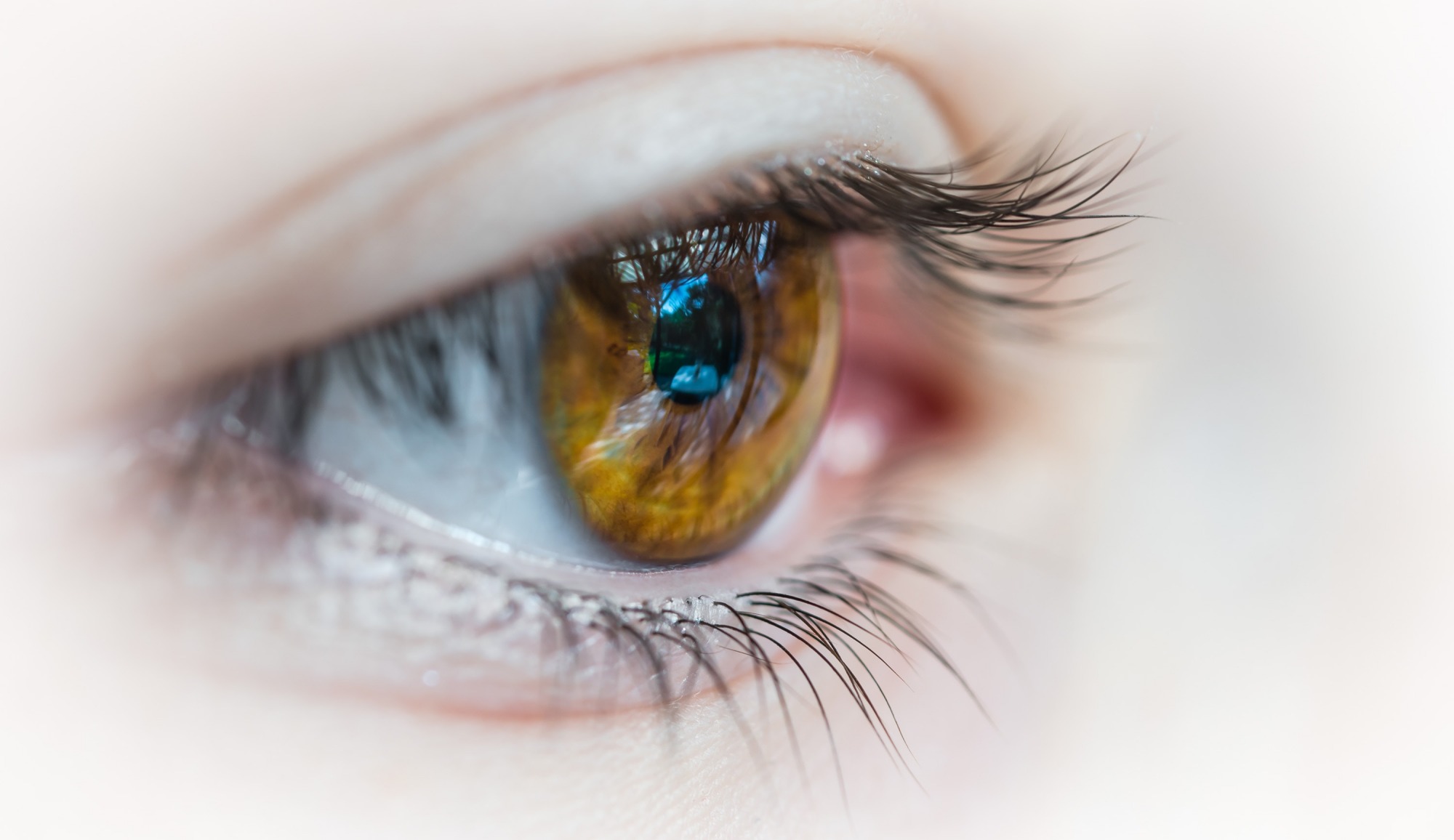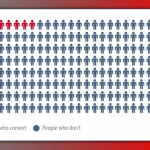
Communication is essential in any aspect of your lives and the business world is not an exception. It is what enables us to connect with others on a personal level, so you need it for creating a relationship with your audience and establishing yourself within today’s rapidly growing industry. The speech is only one way of communication, and when it comes to your online presence non-verbal contact is the one that counts the most. This is most evident in your brand and logo design, where the point is to convey multiple values, ideas, and complicated messages in the simplest possible form.
We all know that certain color shades are able to make users behave or think differently, and that’s why we’re so careful with our color schemes. But colors are not the only ones that have a psychological background – inspirational topography can also cause associations which can trigger powerful emotions and ideas. That means that your choice of typography is equally essential in giving personality to our work, and the sad truth is that many of us don’t pay the necessary attention to this aspect, with all our efforts concentrated on images and colors.
On the other hand, we spend hours crafting our articles, choosing the perfect words which will be able to project the story of our brand, forgetting that typography is an equally important factor for writing great content. The article can be perfect but if the typography is random all our work will end up incomplete and users will be aware that something is missing. This goes for everything that is aimed at achieving brand recognition – from its name to the simplest brochures. Without the right typography, there will be gaps in your brand personality, so you need to find the one that works best for your business in order to achieve brand consistency.
Defining Typography
Although the term sounds familiar, many are still not able to capture what it means precisely. So, what do we mean when we say that a content piece needs to be typographically structured? To put it simply, we refer to the craft of arranging type. The craft which has been practiced since Johannes Gutenberg had invented a movable type printing press, and which is since then present in varying lengths in almost all text pieces. Typography makes any reading material much more visually appealing by adding personality, emotion, and drama. This way it subconsciously embeds the message in the reader’s mind, making it easier for them to comprehend, grasp, and understand the information at hand.
Like every craft, typography consists of a number of key elements. People often confuse typeface and font, so we’ll’point out that typeface is a term that represents the collection of letters, characters, numbers, and symbols which share the same design. In other words, it’s a family of fonts sharing similar features, examples being Garamond, Helvetica, Baskerville, etc. This means that font is actually a typeface that is set in specific style, weight, and size – Baskerville Old Face Bold at 11 points, for example. Then we have line length, which is a distance that a block of text occupies between the left and the right margin, calculated as a number of characters or words per line. Leading is another term for well-known line spacing, referring to the distance between baseline to baseline (the baseline is an imaginary line where the text rests). Kerning and tracking are also forms of spacing, the first being between individual letters and characters, and the second between blocks of text. Having this settled, we can move to the question:
Why Should You Care?
First of all, typography is what keeps the reader’s attention on your content. If your typography is bad they’ll be focusing on the mechanics of reading, but if it’s good they’ll be able to focus on the message instead. Clearly, it is much more than the craft of selecting fonts – it is an art which has roots in human cognition, how we recognize words, perceive information, and how our brain processes it. In other words, how we read webpages.
We are all aware of the importance of visual hierarchy in web design – it is a guide to your sales funnel. Well, your written content requires the same, if you want your readers to reach the conclusion. Typography is a way of creating a visual arrangement of the text in the order of importance by providing your readers with visual cues such as font, style, size, alignment, color, etc. This functions perfectly due to the way we perceive information – our brains have a constant need to organize elements on the basis of proximity, similarity, continuation, and closure. This means that your content needs to be well-arranged so your readers will be able to understand all the different sections without too much mental processing. It is all about organizing the text in a way to achieve optimal reading experience – one that’s aesthetically pleasing and offers conspicuity.
There is also something called the ʽpicture superiority effectʼ, which clearly shows that you need to enhance the visual appeal of your brand if you want it to be remembered. You see, studies have shown that we’ll recall visual stimuli above everything else, even when it comes to reading. Many fonts have acquired an inherent influence from the past. If a logo of some financial company is written in comic sans that business will very likely appear very unprofessional to most people. Change it to traditional Serif font and people will immediately sense a much greater level of trust.
What the Gestalt theory has taught us is that people tend to view different parts of something as a unified whole whenever possible. This means that we’re always trying to connect all the dots, deliberately trying to finding meaning in things, even when in it’s not there. With typography, you can make sure that it’s actually there, ensuring that all parts of a unified whole work together.
Typography is an inseparable part of your visual language that plays a tremendous role in influencing people’s emotions -there is a vast range of types which are able to produce subtle alterations in texture and volume of your voice. As SEO experts from Brisbane company constantly remind us, the road to increasing traffic and enjoying a high conversion rate starts with targeting the right people, and the careful use of typography will get you where – you won’t only be able to convey mood, but also gender, age, and personality. The subtle diversities between numerous typefaces are able to change the perception of users and therefore convince them they’ve come to the right place, where they belong.
From all the reasons above, one thing is certain – you can get everything just right – the iconography, the colors, the name of your brand – but the wrong font could make those efforts worthless by instantly destroying the credibility of your brand. Which leads us to our last question:
Which Typography Should You Pick?
Of course, there’s no one answer. The simplest one would be that it all depends on the type of brand identity you’re trying to create. You need to find the inspirational typography that works for your business, so let’s see how different types communicate different feelings.
● Serif
This most traditional font option promotes feelings of heritage and class. Since its origin dates back to the time when carvers were shaping letters on stone blocks, it is ideal for creating a feeling of ʽestablshedʼ company. Its classical nature evokes respectability and trust, supplying your brand with grandeur, authority, and reliability. Serif fonts have appeared through history in institutional and corporate projects, and they still work best in ʽformal situationsʼ – editorials, broadsheets, academics, financial companies, etc. This typeface creates an imaginary line under the text that guides the eye during the reading so it’s recommended for long texts. Some of the now world-famous examples are Courier, Times New Roman, Book Antique, Garamond, Palatino, etc.
● Sans Serif
Quite opposite to serif typography, sans serifs mean modernity and they’ve been associated with commercial activities due to their characteristics that were suitable for packaging, envelopes, and printing labels. Since there are no decorative elements clouding the message or distracting the eye, they’ll help you achieve no-nonsense, simple, and straight-forward attitude. This means honesty and security, but since their clean look is also engaging they also convey enthusiasm. Helvetica is the best example, while other known ones are Arila, Bauhaus, Tahoma, Verdana, etc.
● Script/Handwritten
Script or handwritten fonts are generally a lot fancier since they imitate caligraphy, and thus provoke ideas of creativity, elegance, femininity. They’re ideal if you want to focus your message on exclusivity, strong personality, but also romance and feelings. On the other hand, they’re not suitable for long text due to their not-so-good legibility. Some examples are Edwardian Script, Gothic, Vivaldi, Brush, Lobster, Grand Vibes, etc.
● Decorative
Having its origin in the Art Deco era which brought us first flashing adverts and lettering neon lights, decorative typography is probably the most accurate way to convey your brand’s personality since it plays with creativity, breaks conventions, and frees your imagination. Since it’s free from traditional forms it offers more autonomy in the field of labeling, decoration, and calligraphy, making it perfect for promotional posters, logos, and advertising projects. These highly stylized and unique fonts are easy to tweak and twist in order to convey whatever personality is right for your brand, but you need to have in mind the emotional response of your audience since it’s easy to get carried away. Some members of this font family are Capriola, Amatic Sc, Cutive, Courgette, Rye, etc.
This article is pretty self-explanatory, but it doesn’t mean that it offers any recipe. Now that you know where typography and psychology cross paths you need to find the one that’s best for your business based on your brand personality and target audience. Keep in mind that it’s all about perfect communication and that your brand is seen as one inseparable entity with no room for any gaps.
[“source=thriveglobal”]











